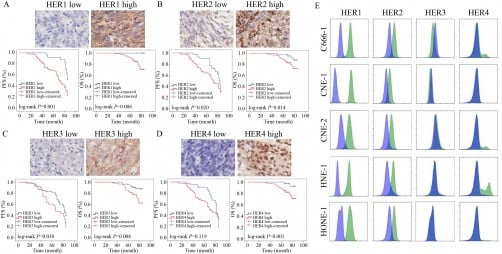AI Detects Lung Cancer Early, Transforming Patient Care at UConn Health

A patient at UConn Health in Connecticut received an unexpected diagnosis thanks to artificial intelligence (AI) technology that flagged an abnormality in a CT scan. The patient, a woman in her 20s suffering from pneumonia, was diagnosed with cancer at an early stage. This timely intervention has allowed her to continue pursuing her passion for cross country and track and field.
AI’s role in medicine is expanding, with healthcare professionals like Dr. Omar Ibrahim, service chief for the Neag Cancer Center at UConn Health, acknowledging its potential. Traditionally, cancer screenings are uncommon for individuals in their 20s and 30s. Dr. Ibrahim emphasized the software’s ability to identify suspicious findings rapidly, stating, “It has a huge ability to catch so much more in a short amount of time and filter information for us at a capacity that would require multiple people to do.” He noted that this innovative technology enables doctors to assist numerous patients who may have risk factors that warrant further investigation.
UConn Health has integrated AI into both radiology and pulmonary medicine, enhancing the ability to triage patients based on urgency. Although AI enhances diagnostic capabilities, it does not replace the critical role of radiologists and physicians in interpreting scans and developing treatment plans.
The use of AI has been gaining traction in recent years. UConn Health employs twelve AI modules designed to identify potential life-threatening conditions during radiology examinations. According to Dr. Michael Baldwin, an attending radiologist, these AI systems can flag imaging studies that require immediate attention due to acute findings. For instance, one module focused on intracranial bleeds has shown over 95% sensitivity and over 94% specificity.
Dr. Baldwin explained the importance of timely treatment for critical cases, stating, “If you have a family member arriving in the ER with symptoms of chest pain, they want to be treated as soon as possible. It is nice to know that there is a system in the background that is flagging patients that are critically ill.”
Every CT scan conducted at UConn Health benefits from AI review, which also monitors for lung nodules—small abnormal growths that could indicate cancer. While most lung nodules are benign, early detection significantly increases the chances of successful treatment. Dr. Ibrahim highlighted that identifying even a few significant cases from a hundred can make a substantial difference in patient outcomes.
The introduction of AI tools also allows for greater efficiency in healthcare practices. Dr. Ibrahim has implemented an AI scribe in his practice, which transcribes conversations into notes, enabling him to devote more time to patient interaction rather than paperwork.
Despite the advantages of AI, the technology is not infallible. Dr. Baldwin noted that preliminary diagnoses by AI can sometimes be inaccurate, and human verification remains crucial. “Even when these modules are flagged in studies, we need to make sure that we have a physician there to render an opinion on that finding,” he said.
Security concerns regarding patient data are also paramount. Dr. Ibrahim emphasized the necessity of robust cybersecurity measures to protect sensitive information, stating that the team ensures all data is encrypted.
Looking ahead, both doctors express optimism about the future of AI in healthcare. “Overall, our care is improved with the use of AI, and in the next five years, it will be fascinating to see where it goes and how much better it gets,” Dr. Baldwin said. The integration of AI into medical practice represents a significant step toward enhanced patient care, but the human element in healthcare remains irreplaceable.






